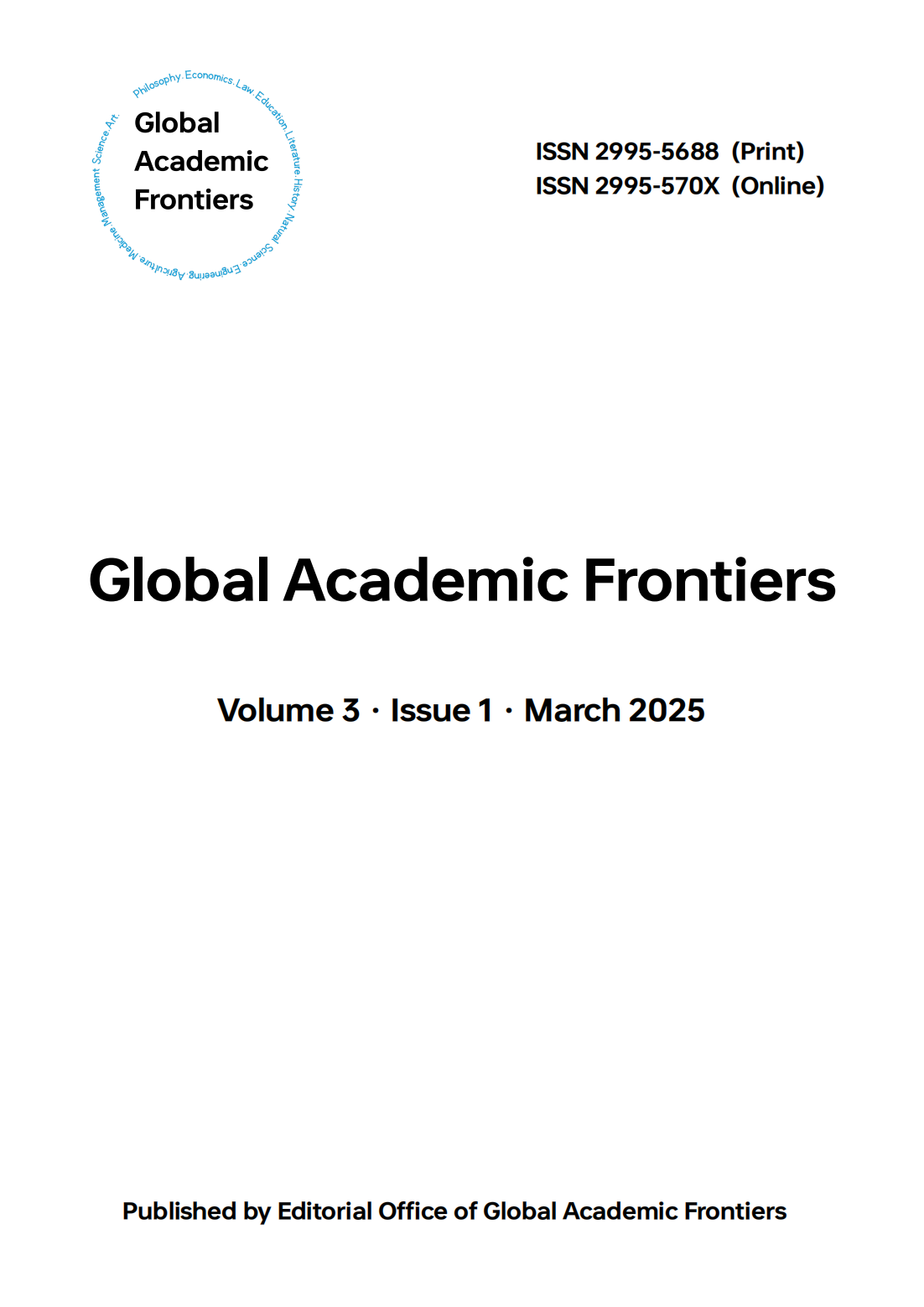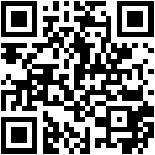Discourse Expression of Gender Differences in English Language —— Taking legally blonde as an Example
DOI:
https://doi.org/10.5281/zenodo.15074593Keywords:
English language, Gender differences, Pragmatics, Discourse expression, Legally BlondeAbstract
In linguistic academic research, gender differences are often reflected in discourse patterns, vocabulary selection, and intonation. This paper focuses on the discourse expression of gender differences in the English language, using the film Legally Blonde as a specific case study. The dialogues of different gender roles in Legally Blonde exhibit typical characteristics. Through the analysis of this film, it is found that male discourse tends to be more direct, concise, and authoritative, while female discourse contains more emotional nuances and euphemistic vocabulary. From a pragmatic perspective, this difference effectively reflects societal role expectations for different genders. Through an in-depth study of the character dialogues in the film, this research helps reveal the forms of gender differences in English discourse expression, providing new perspectives for better understanding the relationship between gender and language in cross-cultural communication and language learning, as well as offering a reference for eliminating language biases caused by gender.
Downloads
References
Butler J. Gender Trouble: Feminism and the Subversion of Identity[M]. New York, London: Routledge, 1990.
Chang Tian. An Exploration of the Relationship Between Language and Gender [J]. Rural Consultants, 2020, (03): 197.
Cheng Yaping. The Narrative Logic of American Feminist Films [J]. Film Literature, 2017, (24): 33-34.
Editorial Department. Don’t Be Bound by Gender Stereotypes [J]. Shanghai Education, 2016, (20): 1.
Feng Li. An Analysis of Elizabeth’s Feminist Consciousness in Pride and Prejudice [J]. Overseas English, 2024(3): 202-204.
Han Jinhai. Gender Differences in Language [J]. Comparative Studies of Cultural Innovation, 2022, 6 (08): 26-29.
Li Jinchi. The Enlightenment and Impact of Sociolinguistics on English Language Teaching [J]. Modern English, 2020, (24): 93-95.
Li Xin. The Development and Impact of Post-War American Feminist Movements [J]. Youthful Years, 2019, (09): 232.
Li Yinhe. Feminism[M]. Jinan: Shandong People’s Publishing House, 2005: 15–63.
Lin Na. The Embodiment of Feminism in the Film Legally Blonde [J]. Film Literature, 2014, (13): 102-103.
Liu Weihong. A Brief Analysis of Gender Cultural Differences in Cross-Cultural Communication [J]. Campus English, 2019, (07): 232.
Lü Changteng. Rethinking Women’s Rights from a Gender Perspective [J]. Taste·Classics, 2023, (23): 37-40.
O’Barr W, Atkins BK. “Women’s Language” or “Powerless Language” [C]// Language, Communication and Education.
Talbot, M. (2004). Language and Gender: An Introduction (Translated by Ai Xiaoming, Tang Hongmei, and Ke Qianting). Central China Normal University Press.
Tannen D. You Just Don’t Understand: Women and Men in Conversation[M]. Shanghai: Shanghai Translation Publishing House
Wang Shaoping, Hu Jialin. A Utopian Interpretation of Female Community in Amy Tan’s The Valley of Amazement [J]. Straits Humanities Journal, 2022, 2(4): 48-55.
Wang Yongliang. Theoretical Foundations and Corpus Collection Methods in Experimental Pragmatics [J]. Literature Education (I), 2015, (03): 117-119.
Wang Yuxiao. Euphemisms from the Perspective of Face Theory [J]. Journal of Anyang Normal University, 2011(4):69-71.
Xu Fang. A Review of Gender Language Studies [C]// Proceedings of the 11th National Academic Symposium of the China Association for Comparative Studies of English and Chinese. 2014:168.
Zhang Jingjie. The Historical Path of Gender Communication Studies in the United States [J]. Modern Communication (Journal of Communication University of China), 2022, 44(11): 46-56. DOI:10.19997/j.cnki.xdcb.2022.11.019.
Downloads
Published
Issue
Section
License
Copyright (c) 2025 Wang Xiaoyu (Author)

This work is licensed under a Creative Commons Attribution 4.0 International License.






